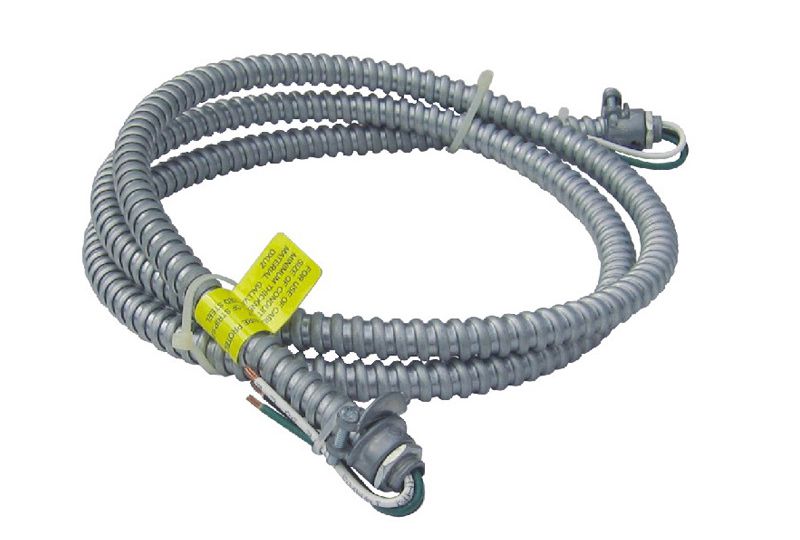Flexible Metal Conduit Features
1. Flexible metal conduit is filled with axial displacement after internal pressure.
Axial displacement refers to the displacement in the length direction of the hose. When the metal hose is filled with liquid for pressurization, an axial thrust is generated. As the pressure increases, the axial thrust increases, thereby causing the hose to axially elongate, when the hose net sleeve is engaged to a certain extent. , axial elongation is stopped.
Flexible Metal Conduit
2. Flexible metal conduit can compensate the lateral displacement of the pipeline
Lateral displacement refers to the displacement perpendicular to the direction of the hose. When the pipe produces lateral displacement, the metal hose can be laterally displaced due to the lateral force due to the structural characteristics, and its displacement force is much smaller than that of the ordinary steel pipe.
3. Flexible metal conduit and tank resonance
The stiffness ratio and mass ratio of the storage tank and the main inlet and outlet pipelines are quite different. If the basic natural vibration frequencies of the two tanks are the same or similar, resonance will occur under the action of the earthquake, thus increasing the damage of the storage tank, so the metal hose The basic natural vibration frequency should be higher than 50% of the basic natural vibration frequency of the tank.
Metal hoses manufactured in strict accordance with the production standard specifications have a basic natural vibration frequency higher than 10 Hz. When the basic natural vibration frequency of the tank is lower than or equal to 7 Hz, the resonance effects of the tank and the metal hose may be disregarded.
As a Conduit Fittings Manufacturers, share with you the selection of metal hoses.
Flexible metal conduit is widely used in the petrochemical industry, but there are also problems in the application, mainly due to the choice of hose length and improper installation. If the length of the hose is too long, it will cause instability of the system, increase fluid resistance, increase mechanical damage and vibration. If the length of the hose is too short, it will not achieve the purpose of compensation, vibration reduction and noise cancellation. Therefore, determining the length of the metal hose is a top priority. In addition, the following factors should be considered: the nature of the medium, operating temperature, operating pressure, nominal diameter of the connecting pipe, site type, connection method, displacement mode, etc.
Installation type
The correct installation of the flexible metal conduit is an important part of ensuring that its performance is fully utilized. The flexible metal conduit is usually installed after the root valve of the tank inlet and outlet. The flexible metal conduit also has a valve to make the tank and the pipeline directly form a soft connection for the inspection and replacement of the flexible metal conduit. Flexible metal conduit has limited axial displacement capability under natural conditions. When the installation length is equal to the natural length, it must not withstand strong axial stretching and breakage, resulting in pipeline leakage. Therefore, the installation length of the metal hose is less than the natural length to ensure a certain degree of freedom.
2. Installation precautions
(1) The flexible metal conduit must be inspected before installation, and the problem is found to be eliminated in time;
(2) During the hoisting process, measures should be taken to prevent damage to the metal hose;
(3) Short-circuit pipes should be installed after the metal hose to compensate for the deviation of the hose gap size;
Our company also has Liquid Tight Conduit for sale, welcome to consult.

评论
发表评论